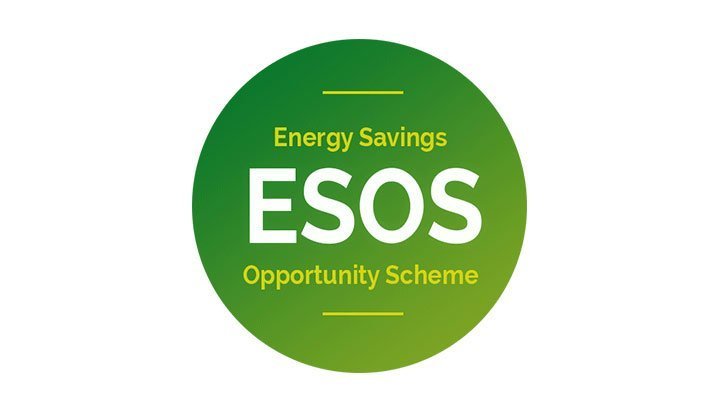One of the methods in moving towards a carbon zero 2050 adopted by the current UK government has been to create energy-saving schemes for households and businesses, such as the Energy Savings Opportunity Scheme (ESOS).
What is ESOS?
The ESOS is a mandatory energy assessment scheme for large organisations in the UK. It was introduced as a part of the government’s response to Article 8 of the EU Energy Efficiency Directive (EED) – a common framework of measures for increasing energy efficiency within the European Union back in 2012.
Who does ESOS apply to and when is the next compliance period?
For the qualification date for the third compliance period (31 December 2022), a large undertaking is any UK company that either:
- employs 250 or more people
- has an annual turnover in excess of £44 million, and an annual balance sheet total in excess of £38 million
If the business meets this threshold but is fully covered by ISO 50001 then you don’t need an ESOS assessment. However, if you’re not covered then you will need an ESOS assessment. The assessment establishes what’s needed to comply with ESOS regulations.
ESOS Assessment Process
For an assessment, a company would need to do the following:
1. Calculate your total energy consumption
This is the energy used by assets held or activities carried out by your organisation or group. This includes the energy consumed by buildings, industrial processes and transport. To find out how to calculate your total energy consumption, read the full guidance on complying with ESOS.
2. Identify your areas of significant energy consumption
This is the energy used by assets held, or activities carried out, by your organisation that account for at least 90% of your total energy consumption. You then need to:
- Find out whether ISO 50001, DECs or GDAs cover any of your areas of significant energy consumption.
- Identify whether ESOS compliant energy audits have been, or need to be, carried out for the areas of significant energy consumption not covered by ISO 50001, DECs or GDAs.
As long as 90% of your total energy consumption is covered, you can use a mix of approaches with some of your energy consumption covered by ISO 50001 – some by DECs or GDAs and some by ESOS energy audits.
3. Appoint a lead assessor
You need to appoint a lead assessor to carry out and oversee or review your energy audits and overall ESOS assessment. Lead assessors can be employees or external contractors as long as they are members of an approved professional body register.
If you want to become a lead assessor you have to be (or become) a member of an approved professional body register. Individuals cannot apply directly to the Environment Agency to be approved.
Professional bodies can submit registers of their members for approval for them to act as ESOS lead assessors.
4. Notify the Environment Agency
You need to submit your ESOS notification of compliance to the Environment Agency when you have undertaken an ESOS assessment and are compliant with your obligations. Use the online notification system to do this.
You do not need to log in to the system or create an account to submit your notification details. There is no charge for submitting your ESOS notification.
You can start your notification whenever you’re ready. You can also partially complete your notification and save it for submitting later. The system will send you an email with a link to use to resume. Do not lose this email otherwise, you’ll have to start again. As long as you have the email the saved information will not disappear or expire. You can return to it at any time.
5. Keep records
You need to keep records of how you have complied with ESOS in an evidence pack. There is no set format for this.
Keep in mind that organisations that qualify for ESOS must carry out ESOS assessments every 4 years. These assessments are audits of the energy used by their buildings, industrial processes and transport to identify cost-effective, energy-saving measures.
Who regulates ESOS in England?
The Environment Agency regulate ESOS for organisations whose registered office is in England.
Closing thought
If you’re not sure if you qualified for the last compliance period then contact the Environment Agency at ESOS@environment-agency.gov.uk.



